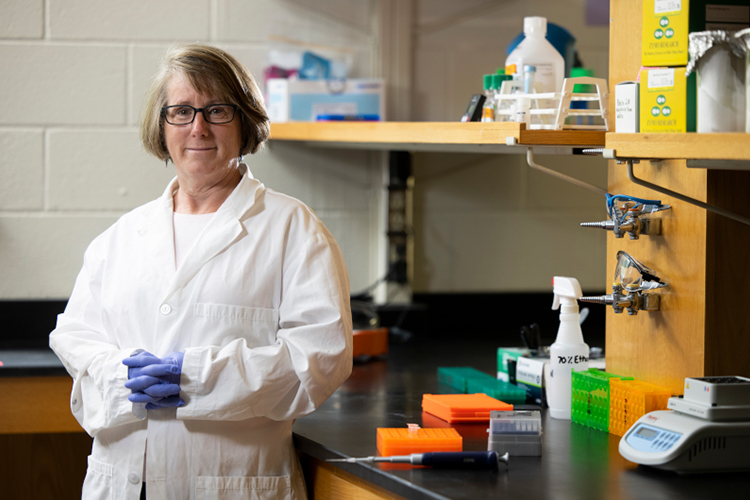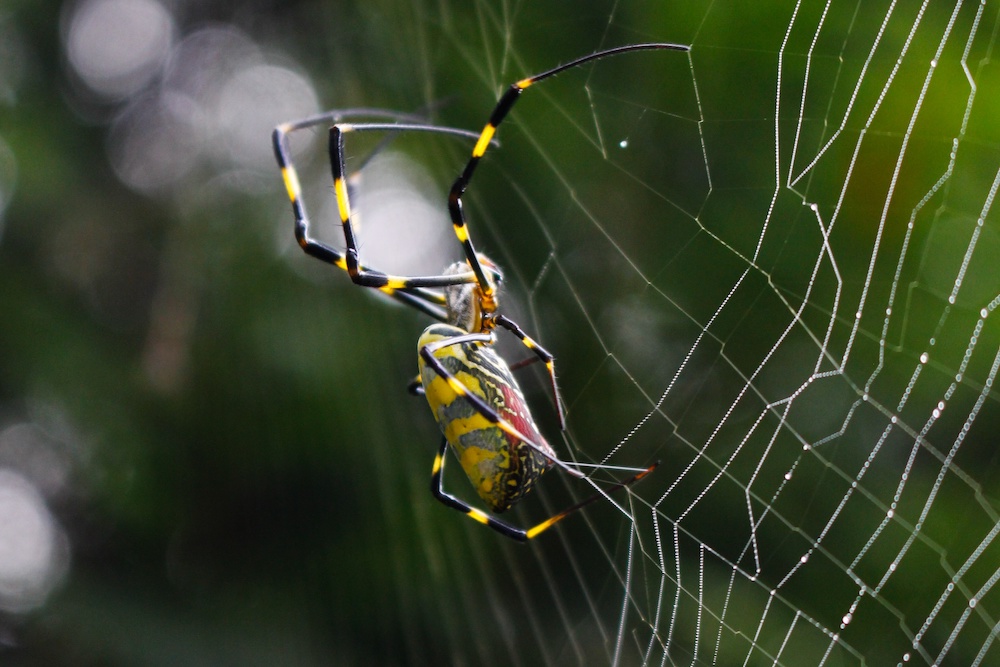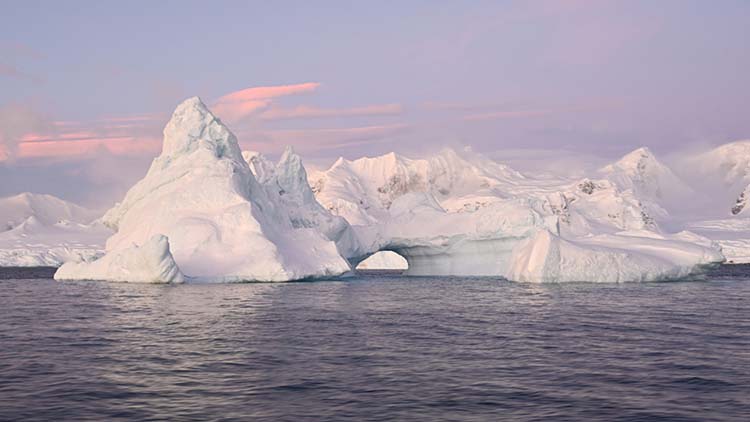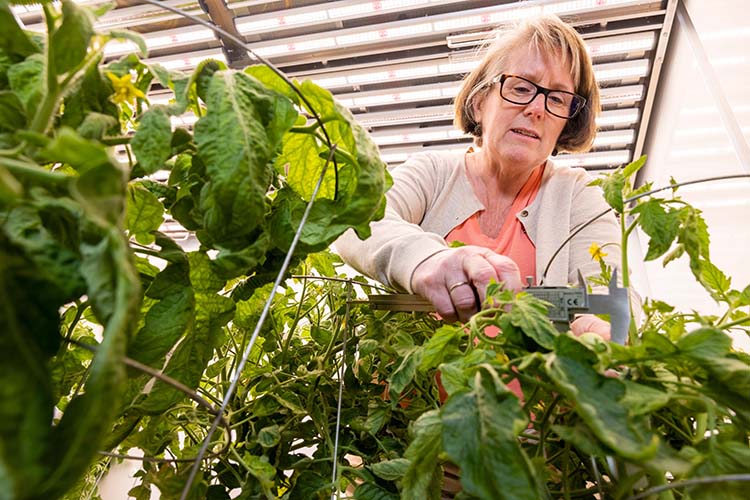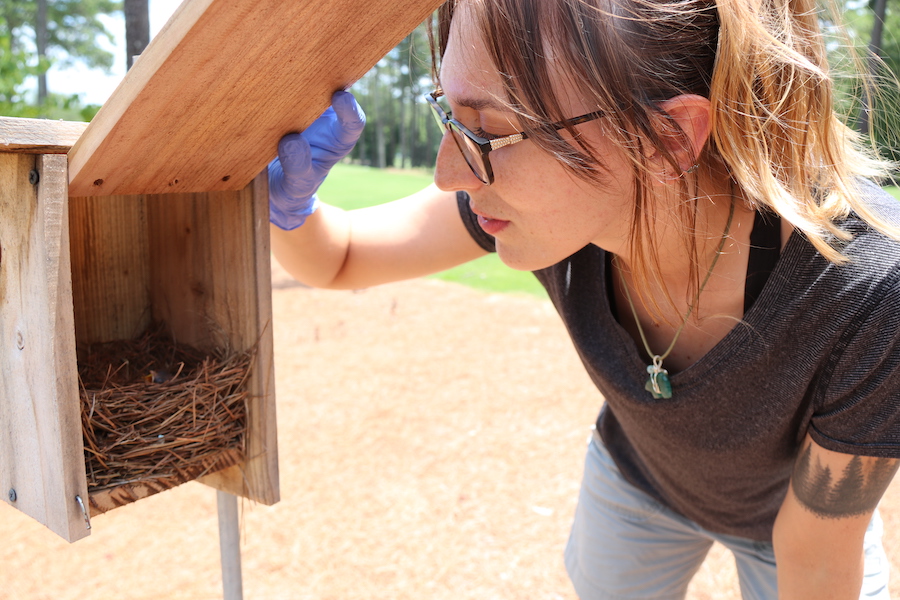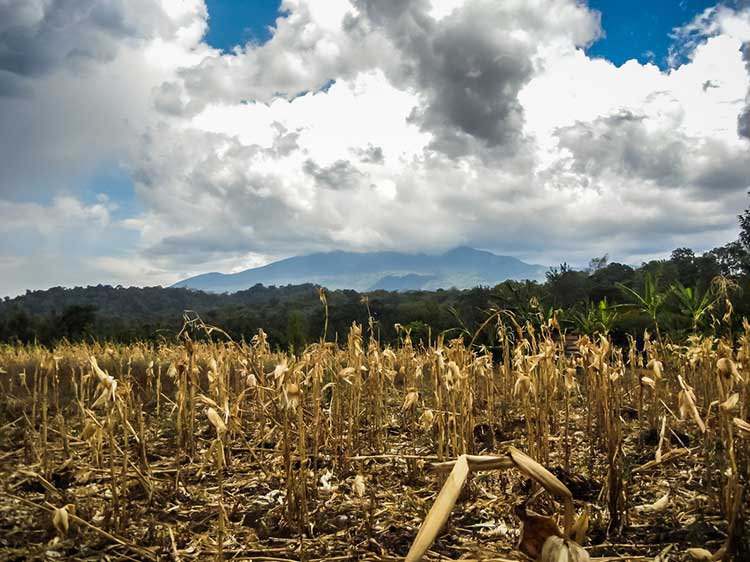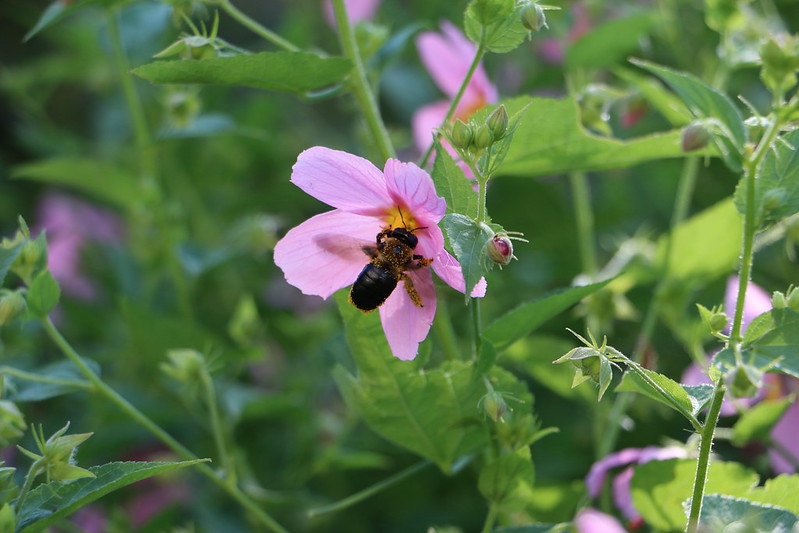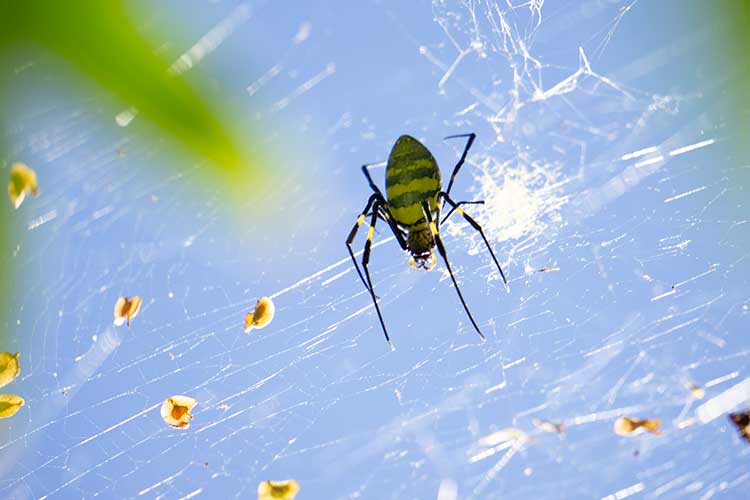 CAES News
CAES News
Spider Drift
Since first making an appearance in Georgia in 2014, Joro spiders have steadily expanded their range in Georgia, and now — just in time for Halloween — the spooky-looking species has reached the University of Georgia Research and Education Garden on the UGA Griffin campus.

